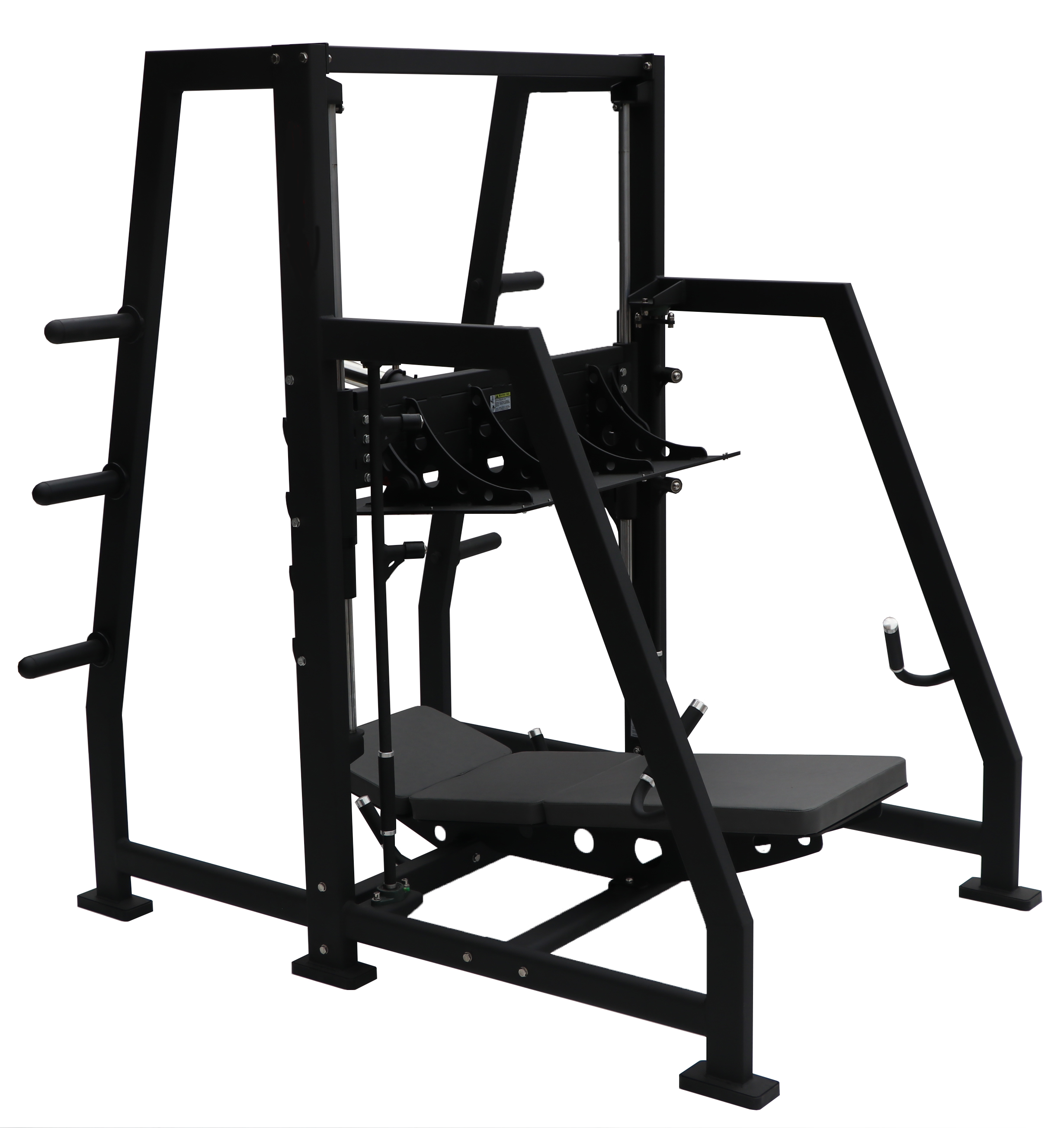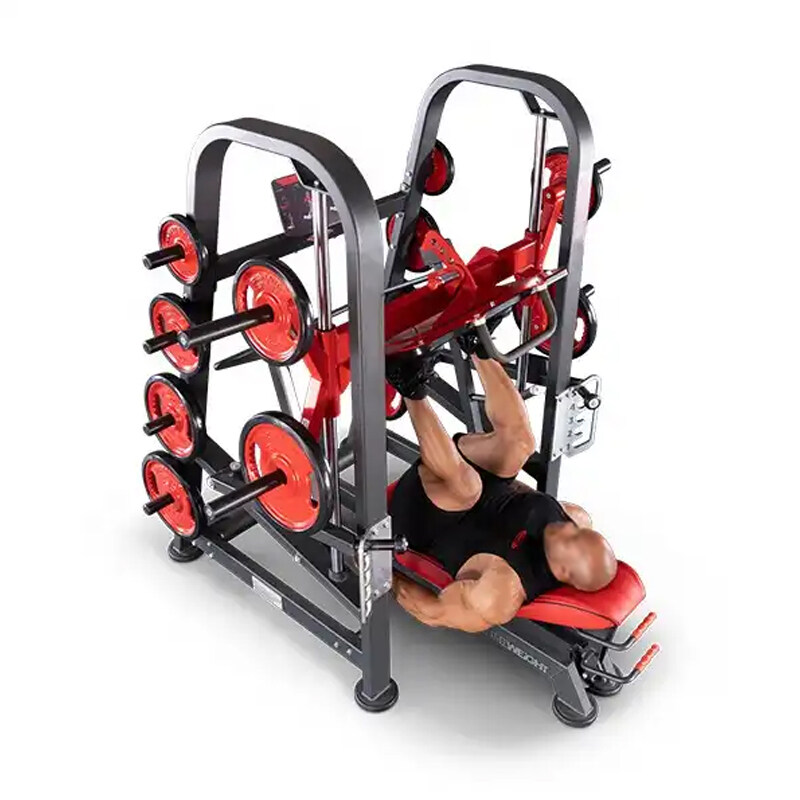Email format error
Email cannot be empty
Email already exists
6-20 characters(letters plus numbers only)
The password is inconsistent
Email format error
Email cannot be empty
Email does not exist
6-20 characters(letters plus numbers only)
The password is inconsistent


In today's dynamic world of sports, where athletes strive for peak performance and enthusiasts seek quality gear, sports equipment manufacturing companies play a pivotal role. From crafting innovative designs to ensuring durability and functionality, these companies are the backbone of the sports industry. In this comprehensive guide, we delve into the intricate workings of sports equipment manufacturing companies, exploring their evolution, manufacturing processes, market trends, and future prospects.
Evolution of Sports Equipment Manufacturing Companies
Origins and Early Innovations
The origins of sports equipment manufacturing trace back to ancient civilizations, where basic tools and gear were crafted for athletic pursuits. Ancient Greeks, for instance, fashioned rudimentary javelins and discuses for their Olympic competitions. However, it wasn't until the industrial revolution that these endeavors transformed into a structured industry. Mass production techniques and the advent of specialized materials paved the way for the birth of modern sports equipment manufacturing companies.
Innovations Through the Ages
Over the centuries, sports equipment manufacturing has witnessed remarkable innovations driven by advances in technology and materials science. The 19th century saw the invention of the rubber basketball by Spalding, revolutionizing the game of basketball. In the 20th century, companies like Wilson and Rawlings introduced synthetic materials for baseball gloves, enhancing durability and performance. The turn of the millennium ushered in a new era of high-tech equipment, with carbon-fiber tennis rackets and titanium-alloy golf clubs pushing the boundaries of athletic achievement.
The Manufacturing Process
Research and Development
The cornerstone of sports equipment manufacturing lies in research and development (R&D). Teams of engineers, designers, and material scientists work tirelessly to innovate and improve upon existing designs. Utilizing advanced computer-aided design (CAD) software and simulation techniques, they analyze performance metrics and iterate on prototypes to optimize functionality and aesthetics.
Materials Selection
The choice of materials is critical in sports equipment manufacturing, influencing factors such as weight, strength, and flexibility. For instance, carbon fiber is prized for its lightweight yet durable properties, making it ideal for applications in tennis rackets and bicycle frames. Similarly, high-performance polymers like ABS and polyurethane are favored for their impact resistance and moldability in protective gear such as helmets and padding.
Production and Quality Control
Once the design phase is complete, production commences in specialized manufacturing facilities equipped with state-of-the-art machinery. Computer-controlled machining tools precisely sculpt components to exact specifications, while automated assembly lines ensure efficiency and consistency. Throughout the production process, stringent quality control measures are enforced to uphold safety standards and product integrity.
Market Trends and Challenges
Rise of Sustainable Practices
In recent years, there has been a growing emphasis on sustainability within the sports equipment industry. Manufacturers are increasingly adopting eco-friendly materials such as recycled plastics and organic fibers to reduce their environmental footprint. Additionally, companies are implementing energy-efficient production methods and recyclable packaging to minimize waste and promote a circular economy.
Integration of Technology
Advancements in technology are driving innovation in sports equipment manufacturing. From smart sensors and wearable devices to 3D printing and augmented reality, companies are integrating cutting-edge technologies to enhance performance and user experience. Smart tennis rackets embedded with sensors analyze swing dynamics, providing real-time feedback to players for improved technique. Meanwhile, custom 3D-printed insoles offer personalized support and comfort for athletes of all levels.
Globalization and Market Expansion
The sports equipment market is experiencing rapid globalization, fueled by increasing participation rates and rising disposable incomes in emerging economies. As a result, manufacturers are expanding their global footprint, establishing partnerships and distribution networks to tap into new markets. Collaborations with athletes and sports organizations from diverse cultural backgrounds further drive innovation and market growth.
Future Prospects
Innovative Materials and Designs
Looking ahead, the future of sports equipment manufacturing holds exciting possibilities in materials science and design. Biomimicry, inspired by nature's principles, offers new avenues for lightweight, durable, and sustainable materials. Adaptive technologies, such as shape-shifting structures and responsive fabrics, will enable customizable equipment tailored to individual preferences and performance metrics.
Digital Transformation
The digital transformation of sports equipment manufacturing will revolutionize product development and consumer engagement. Artificial intelligence algorithms will analyze vast datasets to optimize design parameters and predict performance outcomes. Virtual reality simulations will immerse athletes in virtual training environments, allowing for real-time feedback and scenario-based practice sessions. Augmented reality experiences will enhance the retail experience, enabling customers to visualize and customize products in-store or online.
Focus on Health and Wellness
In an era where health and wellness are paramount, sports equipment manufacturers will prioritize products that promote injury prevention and recovery. Advanced protective gear, incorporating impact-absorbing materials and ergonomic designs, will minimize the risk of injuries during athletic activities. Integrated health monitoring systems will track vital metrics such as heart rate and hydration levels, providing athletes with actionable insights to optimize performance and well-being.
Conclusion
Sports equipment manufacturing companies are at the forefront of innovation, driving progress and shaping the future of sports and athletics. Through a combination of research, technology, and craftsmanship, these companies continue to push the boundaries of what's possible, empowering athletes to achieve their full potential. As we look ahead, the trajectory of the industry points towards a future where sports equipment not only enhances performance but also promotes sustainability, inclusivity, and overall well-being.